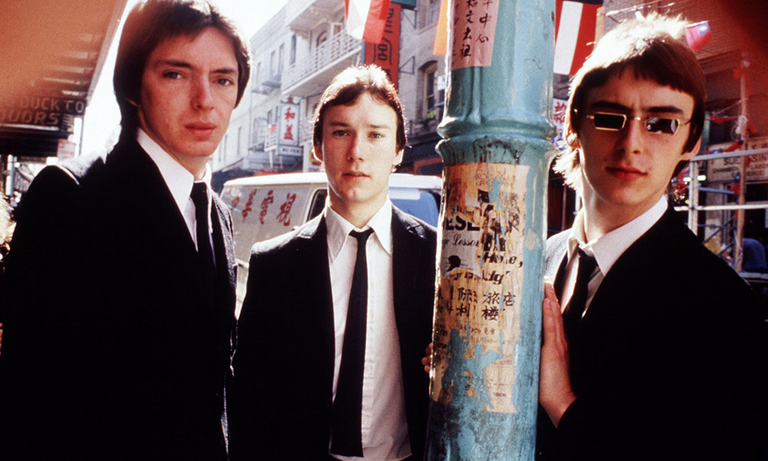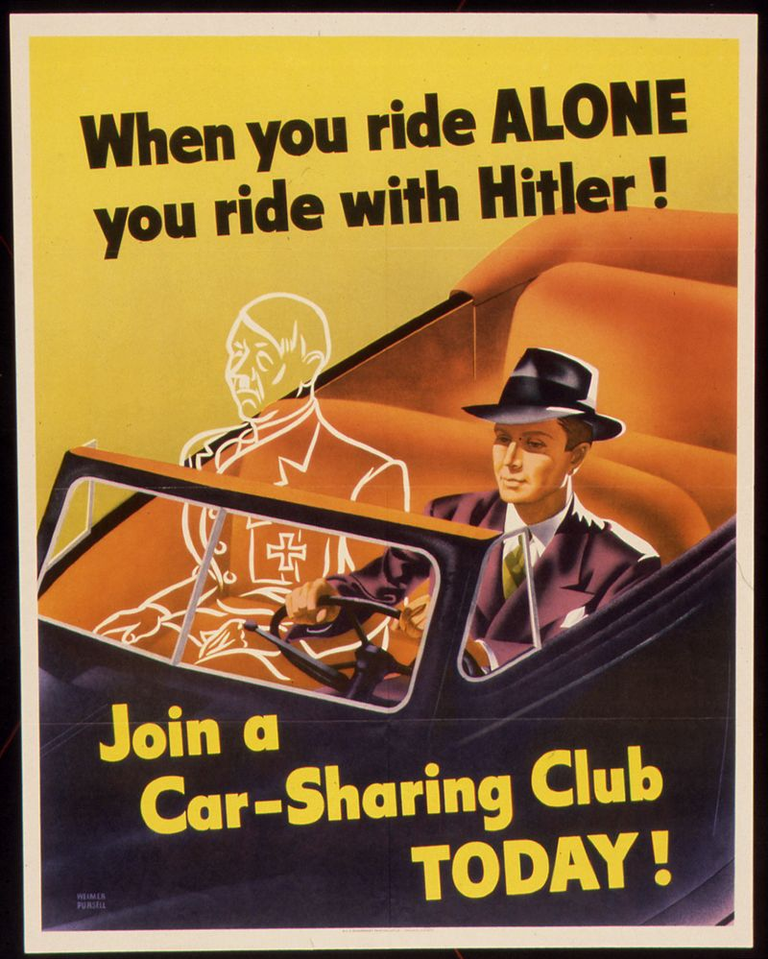The Mass Production Of Popular Culture and Propaganda
For this post I want to explore how popular culture is manufactured by huge media conglomerates and begin to look at the issue of news propaganda.
If we consider the mass production of popular culture this engenders an analysis of the raw materials which are essentially commercially provided. Within, say, the cultures of pop and rock music there is value attached to a commercially produced band or artist. John Storey from the University of Sunderland, England, emphasises how he once was privy to a debate regarding the band The Jam whose music is often described as music of opposition and protest on behalf of the people.

(Mod Punk icons - The Jam)
The argument was based around whether Levi jeans could ever use music from The Jam, just like it had previously done with another rock group The Clash, to promote its products in advertisements. This was a demonstration of commercial and cultural values at conflict. Although it must be said that Storey emphasises it was in actual fact two cultures at conflict with each other, one being mass produced television commercials for Levi Jeans and the other being popular culture of The Jam’s music.
However, if we evaluate the cultures of the news media for example Professor Robert Altschull, from the University of Arizona explains what he believes are various, often unhealthy, relationships which control the parameters of the association between media content and the content’s ‘proprietors’. Altschull’s paymaster and media content paradigm, in which whoever ‘pays the bill’ will have their interests served the most, can be applied to almost any country in the world.
Propaganda is a word that most Western journalists don’t wish to associate themselves with. In Noam Chomsky's and Edward Herman's Manufacturing Consent, The Political Economy of the Mass Media Chomsky points to five categories which are highlighted as instances of propaganda use. These groups consist of: (i) concentrated proprietorship, media dominance and power and the pursuit of profit (ii) revenue generated from advertising being the principal source of mass media income (iii) the reliance of the media on information from government, businesses and experts (iv) ‘flak’ as a means for media discipline and (v) rejection of the communist perspective.

These groups are filters which moulds and manipulates media content which are agreeable to the paymasters, if content is produced which does not conform to this or is a detriment to the paymaster then it is simply not used. Academics and authors Jay Blumler and Denis McQuail have suggested that the media’s filter effect works on the basis of a reinforcement theory. Structures in society govern behaviour, norms and values, and the media is employed to ‘reinforce’ these norms and behaviours so as to keep society functioning as it is, therefore the role of the media is simply to reinforce attitudes which already exist.
However, it is argued that society accept these dominant attitudes as a result of the minority elite who have created these attitudes who then employ the media to reinforce them in the hope of legitimising their positions in society. So how much genuine dissent can be detected in this type of media system? The reality is that there is much less opposition and dissent than there should be. As Herman and Chomsky observe:
The elite domination of the media and marginalisation of dissidents that results from the operation of these filters occurs so naturally that media news people, frequently operating with complete integrity and goodwill, are able to convince themselves that they choose and interpret the news objectively and on the basis of professional news.
While I have some respect for Chomsky et al I find that he sees everything through a corporate lens, and while I completely understand that perspective it's just not that simple. The full picture is far more complicated than that. But that's for another post.
Peace!